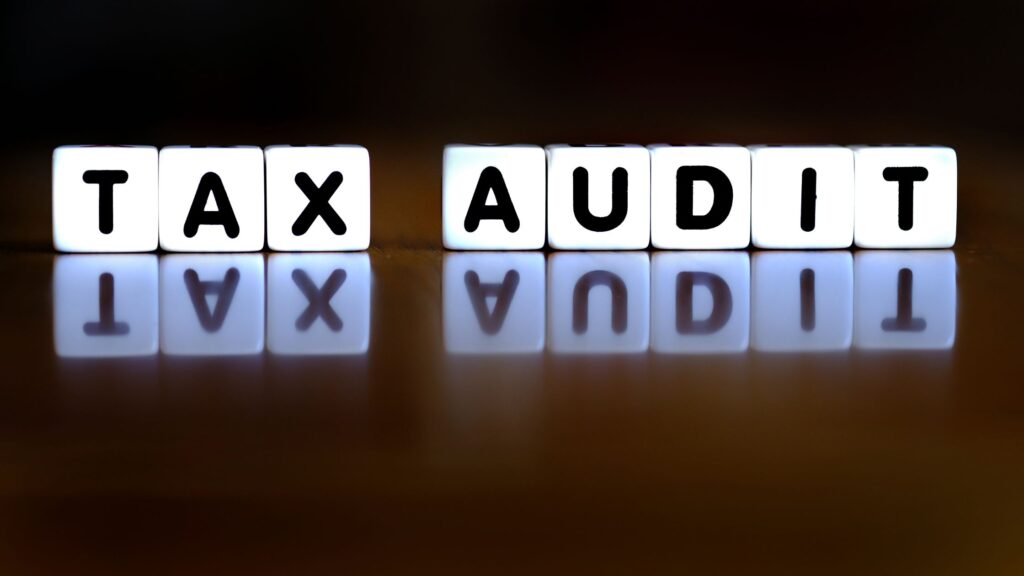Retirement should feel calm and secure, yet your tax plan should stay flexible and proactive. This guide shows how to build tax strategies for retirement that reduce lifetime taxes, protect cash flow, and keep your records audit-ready. It also explains how a modern team links planning with bookkeeping, payroll coordination, filing, and representation, so your plan works in real life—not just on paper. Many providers now use this integrated model by offering tax planning, tax preparation, bookkeeping, payroll, and IRS support in one place.

Table of Contents
Toggle1) Principles That Drive Results
Strong tax strategies for retirement start early and evolve. You plan across multiple years—not just one tax season. Also focus on lifetime tax savings instead of short-term wins. You coordinate every account (IRA, Roth, HSA, and brokerage) under one clear plan. Also document each decision so it holds up later. And because planning, preparation, and representation work best under one roof, you replace reactive fixes with repeatable, long-term wins.
2) Build a Reliable Record-Keeping Backbone
Even the best tax strategies for retirement fall apart without clean books. Reconcile your bank, brokerage, and retirement accounts on a regular schedule. Tag every deposit and withdrawal with a clear purpose. Keep prior returns, cost-basis reports, and RMD confirmations in one organized place. With disciplined bookkeeping—and a secure portal for statements and reports—you speed up preparation and cut down on notices. Many providers pair tax planning with ongoing bookkeeping to keep your ledgers accurate and current year-round.
3) Optimize Accounts (Traditional, Roth, and HSA)
Because each account works differently, build tax strategies for retirement that use them together:
- Traditional 401(k)/IRA: Defer income today, then manage withdrawals later when your tax bracket may be lower. Convert selectively in lower-income years to smooth future taxes.
- Roth IRA/401(k): Pay taxes now for tax-free growth and tax-free withdrawals later. Gain flexibility in retirement since original owners do not face RMDs on Roth IRAs.
- HSA (Health Savings Account): Contribute pre-tax, grow tax-free, and withdraw tax-free for qualified medical expenses, which usually rise in retirement.
Because these choices flow into preparation and filing, a team that integrates planning with compliance can execute them smoothly and keep everything aligned. Learn more about Tax Management Services.
4) Sequence Withdrawals the Smart Way
I. Make order a strategy, not an afterthought: The sequence of withdrawals can make or break your tax strategies for retirement.
II. Use “bridge years” wisely: Before Social Security and RMDs begin, draw from traditional accounts or convert portions to Roth to intentionally “fill” lower tax brackets.
III. Blend sources later: In later years, pair modest IRA distributions with capital-gains management in taxable accounts, while deploying Roth dollars selectively for flexibility.
IV. Model mid-year, not in April: Keep books reconciled and workpapers clear so you can test scenarios mid-year and choose the smartest path—instead of guessing at tax time.

5) Manage RMDs and Roth Conversions
- Watch your RMD impact– Required Minimum Distributions can push taxable income into higher brackets if you leave them unchecked.
- Act before RMD age– Build tax strategies for retirement that include selective Roth conversions in the years before RMDs start to flatten future taxable income.
- Set a bracket ceiling– Choose a target marginal bracket and convert only up to that level, so you control today’s taxes while easing tomorrow’s RMD load.
- Document every move– Record the amount, timing, and reason for each conversion. Clear notes keep every line defensible if questions arise.
- Use an integrated team–When planning, preparation, and IRS representation work together, implementing these steps becomes faster, cleaner, and less stressful.
6) Technology, Security, and an End-to-End Process
Managing tax and retirement planning is simple with modern providers offering secure portals, expert support, and integrated solutions.
A. Secure, Simple Onboarding
Modern providers utilize secure, user-friendly portals with structured intake processes, making it easy to upload your financial information while receiving clear and timely status updates throughout the process.
B. One Upload, Full Validation
You upload your prior returns, statements, payroll reports, and year-end financials all at once. The team then carefully verifies that everything is complete and accurate before any calculations or planning begin, ensuring everything is in order from the start.
C. IRS-Ready Support
Licensed professionals are available to manage communication with the IRS, ensuring any issues, such as notices or audits, are handled swiftly and efficiently. They also organize all necessary documentation, keeping you protected and prepared.
D. End-to-end Execution
With bookkeeping, tax planning, preparation, filing, and IRS representation all under one roof, your retirement tax strategies are easy to manage, execute, and maintain consistently.
These services simplify your tax and retirement planning, ensuring accuracy, compliance, and peace of mind while keeping your goals on track.
7) A Simple Annual Workflow
Keep your tax strategies for retirement proactive with a consistent, repeatable process:
- Spring Review – Review the previous year’s return and make necessary adjustments to estimates and withholdings, ensuring you’re set up for a successful year ahead.
- Mid-Year Checkpoint – Run updated projections, evaluate partial Roth conversions, fine-tune withdrawals, and confirm charitable giving plans to stay aligned with your tax strategy.
- Fall Finalization – Complete any remaining Roth conversions, verify your RMD status, and finalize your year-end strategies to ensure a smooth transition into the next tax year.
- Filing & Archiving – File your tax return based on reconciled books, then securely archive the PDFs and supporting workpapers to ensure everything is organized and easily accessible for any future inquiries.
By repeating this cycle, the process becomes faster and more accurate each year. Firms with clear service timelines and structured processes help you stay organized, focused, and calm throughout the entire year.

Conclusion
By integrating accounts, withdrawals, documentation, and year-round bookkeeping, tax strategies for retirement help reduce lifetime taxes and increase flexibility. Since planning is directly connected to preparation, filing, payroll coordination, and representation, you gain clarity throughout the year, not just during tax season. For a certified, client-focused team that delivers this integrated approach, visit Freedomfolio.





